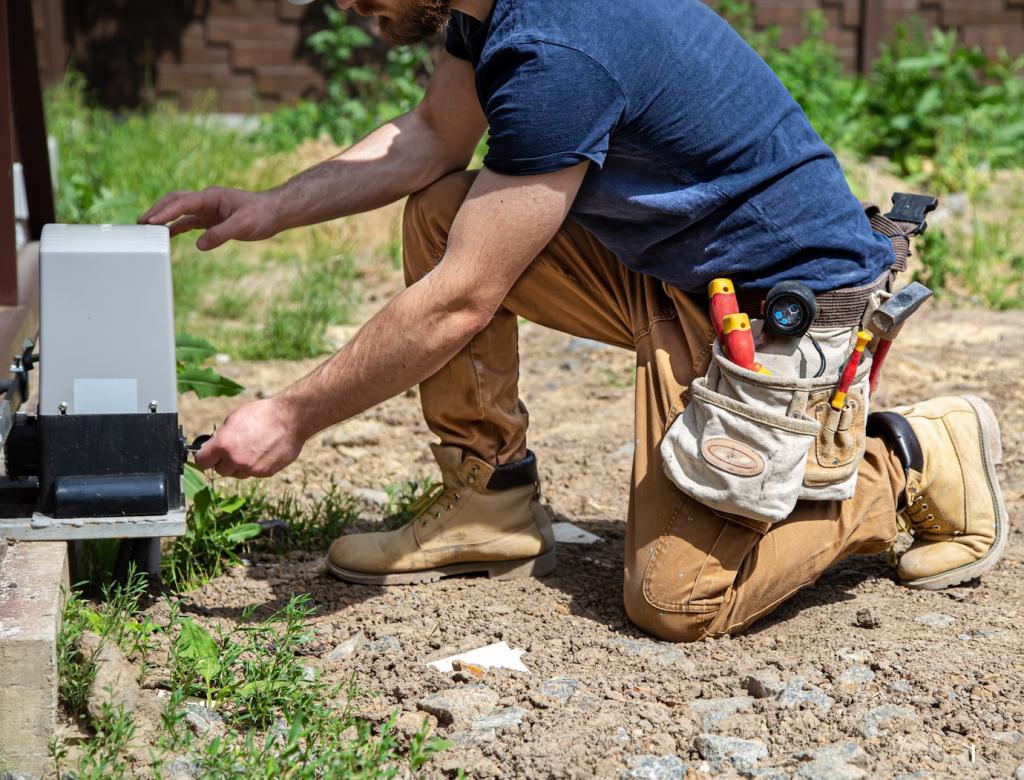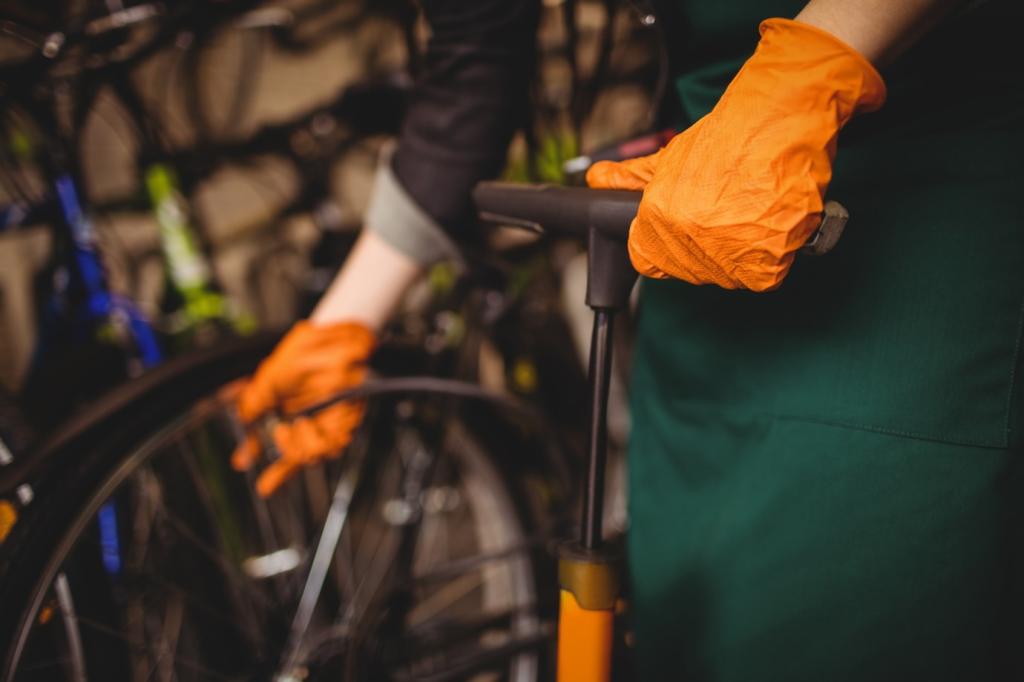Tools and Techniques That Minimize Waste
Prefer screws, dowels, and knock-down fittings to permanent glues for major connections. Reversible fasteners enable future repairs and disassembly, extending a piece’s life and reducing waste. Keep hardware organized in jars repurposed from your kitchen shelf.
Tools and Techniques That Minimize Waste
Skip aggressive sanding when possible. Try steam, scrapers, and citrus-based strippers to lift finishes while preserving veneer and patina. Collect sanding dust you do create, mixing it with plant-based binder for color-matched filler that keeps micro-waste purposeful.







